Anthropology in Peru & Ecuador
Study Anthropology Beyond Machu Picchu
ADD AN IMPACT!
Explore the lesser-known sites of the Incan legacy on this journey through Peru and Ecuador. From villages to temples to agricultural practices, see how the Incas used technology to build structures that have withstood time and supported their civilization. Learn about sites that are still being discovered today.
The Worldwide Navigators Difference

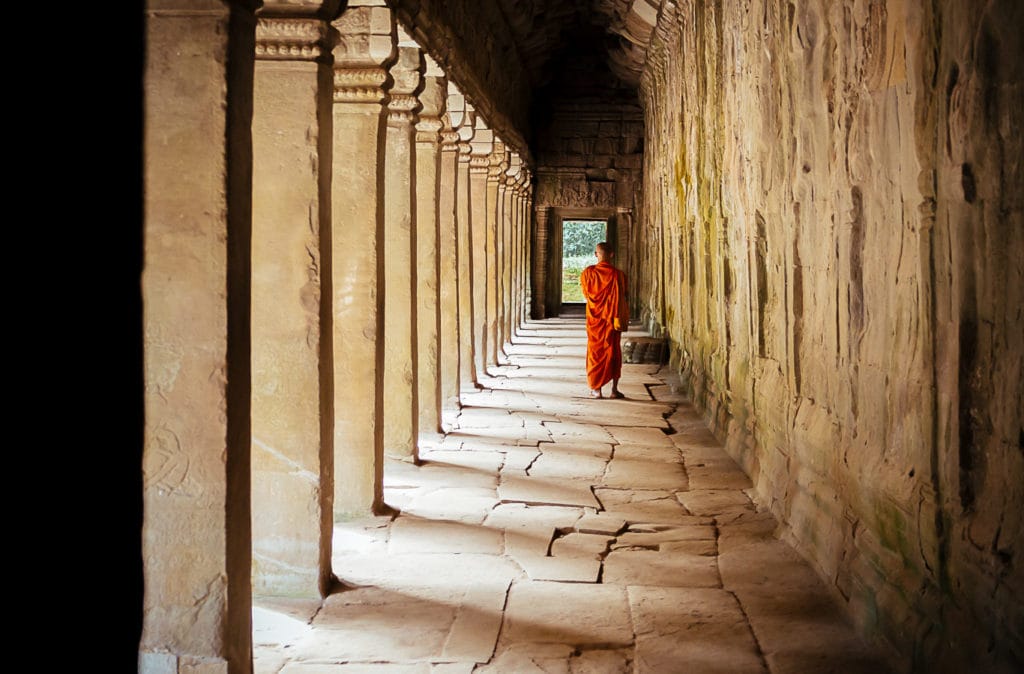
Sojourn – Gain a better understanding of the community you’re visiting. Learn about different religions or spiritual practices. How do these impact the communities? How does religion or spirituality influence local traditions?
1 of 1

Savor – Will you choose sweet or savory? Take the time to visit local markets and discover unique local ingredients. Learn how to prepare traditional meals & local favorites.
1 of 1
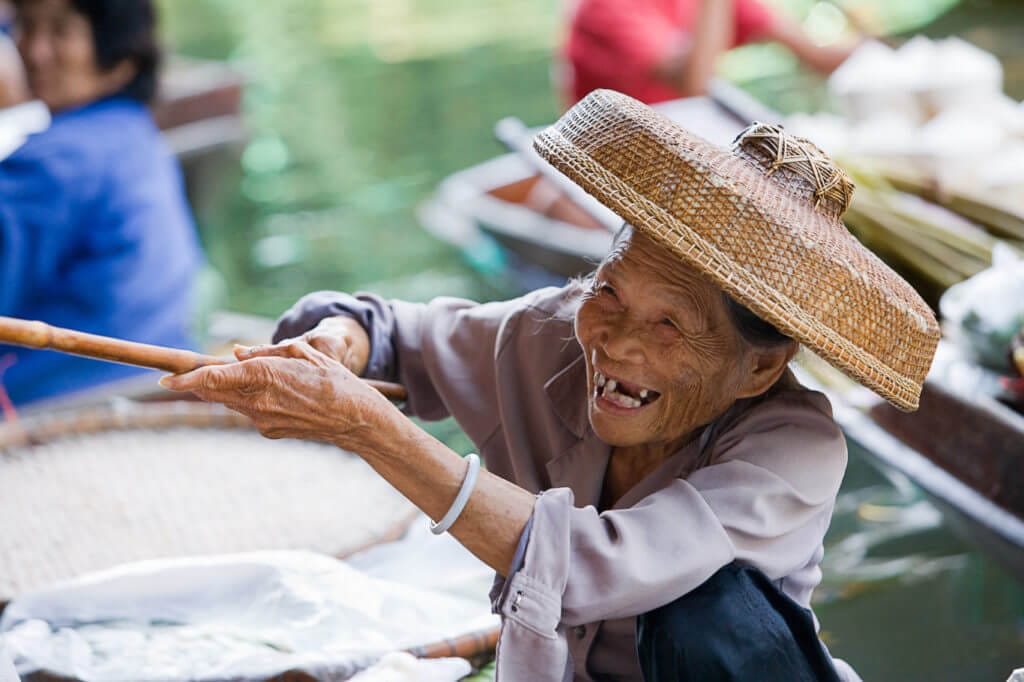
Tip of the Tongue – Each morning, take the time to learn a few basic greetings and phrases in the local language. Learn how to write greetings & your name in the local script.
1 of 1
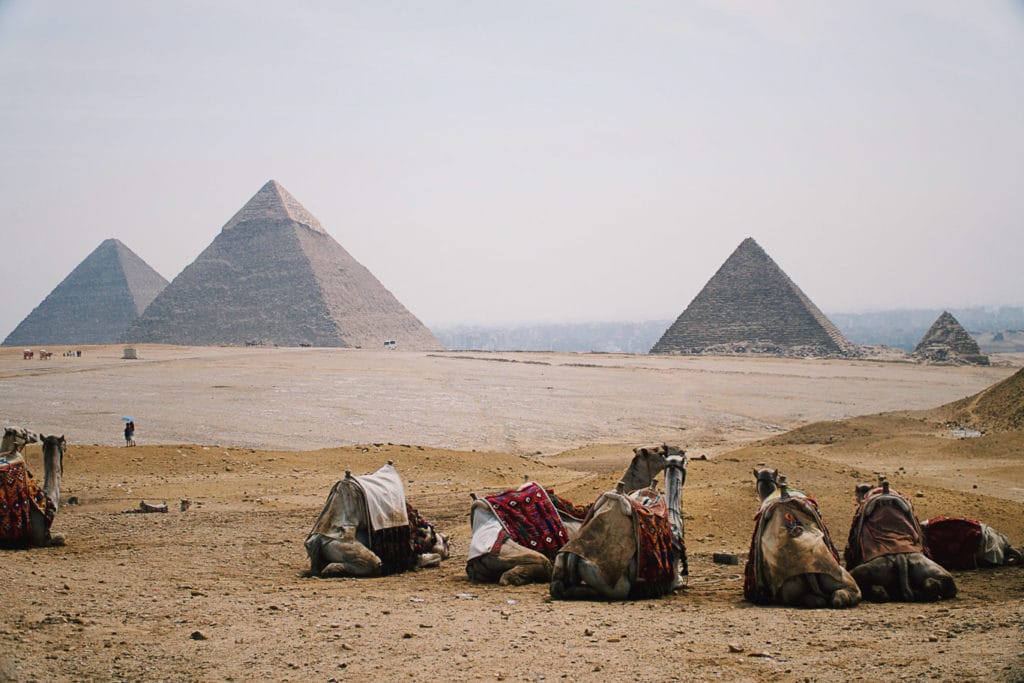
A Wrinkle in Time – History influences our present. Discover the history of the country you visit. Hear the stories of your guides & their family history. Where do they come from?
1 of 1
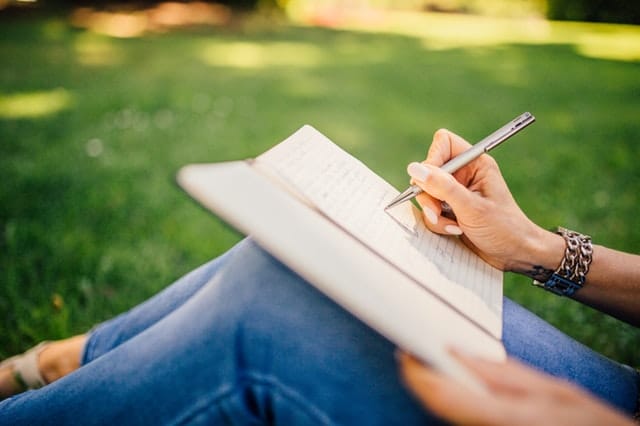
Journal Journeys – Take some time to reflect on the day’s events and document your journey. Spend a moment journaling about the day had & day ahead. These are memories for a lifetime!
1 of 1
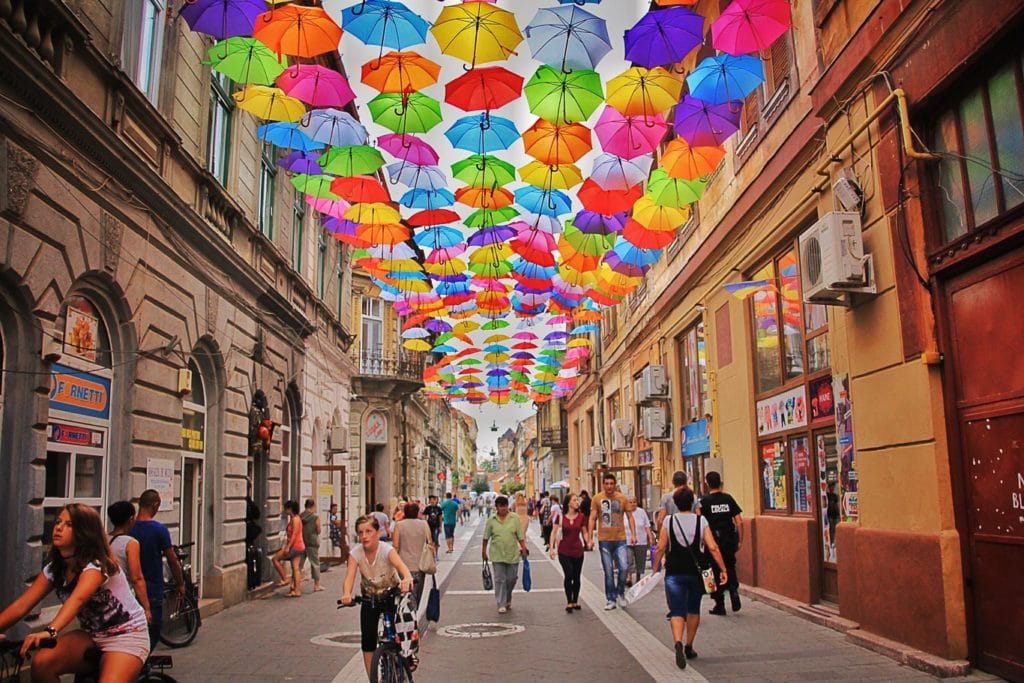
Culture – From local dances, festivals, or simple gestures to communicate – all of these make up a country’s culture. Learn and practice cultural norms & how to show respect in the culture you visit.
1 of 1Itinerary
Upon your arrival at the Lima airport, you will meet your guide for this trip and perhaps some of your fellow travelers. You will be escorted to your hotel to freshen up before a delicious dinner at a local restaurant, where your guide will provide you an overview of the coming days and some tips to make your trip more enjoyable.
Get ready for an exciting journey into the past as you study anthropology and explore the Incan empire as it stretches through Peru and Ecuador. While the most well-known Incan site is Machu Picchu, there is so much more to explore and see on this tour through the Incas.
You don’t have to travel far to find your first Inca ruins today. You will start at Parque de las Leyendas zoo, situated in front of a large temple, Huaca Tres Palos, which towers over the San Miguel neighborhood.
Next, you will head to Huaca Pucllana located next to high-rise apartment buildings and business complexes in the Miraflores area of Lima. A great way to visualize the differences between Inca times and modern structures. You will have lunch at the onsite restaurant before heading to Huaca Huallamarca.
Huaca Huallamarca is in the San Isidro neighborhood, a heavily modernized commercialized area. It is believed this was a religious center in the Inca times based upon the structure and artifacts found here.
Your last stop today will be the Huaca San Borja. Unfortunately, this temple is in disarray and has not been as well-maintained as others. But the unique clay structure gives it a difference that is important to the Incan history of the area.
This morning you will take a short flight to Cusco to continue exploring Inca ruins and archaeological sites that give anthropologists insight into the ancient civilization of the Incas and their mysteries. You will explore several ruins in the area built during the time of Pachacuti Inca Yupanqui, a strong and visionary leader of the people.
You will start in Cusco at Sacsayhuaman, located in the northern part of the city. From a distance, this fortress looks like a puma. The large boulders used in its construction fit tightly together without mortar, demonstrating the skill of the Inca builders. It also blends harmoniously with the surrounding landscape. Sacsayhuaman was primarily used to worship Inti, the Inca sun god, and the annual IntiRaymi festival still takes place here every June.
In the afternoon, you will begin your drive south towards the Sacred Valley. You will stop at Pisac, located at the eastern end of the Sacred Valley and overlooking a deep gorge with multiple agricultural terraces wrapping around the mountainsides, a beautiful demonstration of the innovations the Incan people created for growing crops.
In the town, you will see the royal bath complexes, the Temple of the Sun and the Temple of Heaven, and the military station with a large astronomy station. Depending on the day, you can also visit the local market.
This morning you will visit the other end of the Sacred Valley and the town of Ollantaytambo. Ollantaytambo was an imperial retreat for the Incan royalty. The village overlooks the Urubamba and Patakancha Rivers and is surrounded by immense terraces. Climb to the top of the ruins here for an amazing view of the valley.
Next, journey on to Moray for a look at how the Inca were able to cultivate vast amounts of crops by using their terracing techniques. Multiple crops could grow in an area with different levels of elevation, moisture, and varying degrees of shade and sun.
Part of the Inca Trail runs through the site of Patallacta and Runkurakay. From the top of Runkurakay, you will have a panoramic view of the surrounding landscape, and a likely resting stop/watchtower for the Incas.
An optional trip to Machu Picchu is available if you are set on visiting this sacred site and most well-known of the Inca archaeological sites.
Today you will return to Cusco for a tour of the city. You will visit Qoricancha, an Incan temple foundation, lying under a Spanish church. It was a common practice when the Spanish invaded the area and defeated the Incan people to build over Incan religious structures with Catholic ones. You can still see some of the sacred paths that radiated out from the temple for religious processions.
This morning you will visit a smaller archaeological site near Tipon and the red fort of Puca Pucara, the sacred stone of Qenko. This area is believed to have been a royal complex and garden due to the elaborate water channeling and reservoir system.
After this, you will head to the sacred waters of Lake Titicaca. En route, you will stop at Raqchi to see a 15th-century temple dedicated to the creator god Virachocha. The remaining central wall stands over 12 meters high and 92 meters long. You will also see the Church of Andahuayillas, the replica suspension bridges of Checacupe, and the small town of Pucara, which is famous for its porcelain bulls.
This morning you will board a boat to head to the sacred Isla del Sol (Sun Island) and Isla de la Luna (Moon Island). These are believed to be where Viracocha created the sun and the moon so important to the Incan civilization.
Over 80 Incan ruins are known to be on the islands. Among the most significant of these is the Rock of the Puma, the palatial complex of Chincana, the Incan staircase leading to the Fountain of Youth, and the Temple of the Chosen Virgens of the Sun.
Today you will return to Cusco for a flight to Guayaquil, Ecuador. Here you will visit the ruins of Todos los Santos (All the Saints), a tribute to how cultures build upon one another through time. The initial construction of this site was Cañari, followed by Incan additions, and ultimately became a Spanish flour mill.
After spending the night in Guayaquil, you will head over the Cajas Mountains to Cuenca. You will stop at Tres Cruzes, thought to have been part of the early Inca trail in Ecuador.
Located in the city center of Cuenca is the historical area of Pumapungo Archaeological Park. Once a center for Incan culture, today it is known for its lush gardens and animal inhabitants surrounding old Incan walls. A museum dedicated to the history of Pumapungo and the indigenous people of Ecuador sites about the park.
The Ingapirca ruins are the most significant Incan ruins in Ecuador. The word Ingapirca means Incan wall. Located in the Cañar province about an hour north of Cuenca, these ruins are well preserved and clearly show the Incan way of cutting and fitting stones to perfection without the use of mortar, just like those at Machu Picchu.
The most important building here is the Temple of the Sun, which is still in great condition and can be explored up close. Ingapirca is believed to have been a storehouse for supplies to help troops moving between the northern area and Machu Picchu. There is also an underground aqueduct at the site, lending further credence to theories of its importance.
This morning you will visit one of Ecuador’s most visited Incan sites, Rumicucho or Mitad del Mundo (Middle of the World). Rumicucho is believed to have been a significant location for several Incan celebrations due to its proximity to the Equator. Rumicucho is thought to have been both a military site and a place of worship.
Wow, you have covered a lot of anthropological history in a short period of time! Today you will begin your journey home, hopefully filled with inspiration from your Incan study anthropology journey.
When people mention Incan ruins, everyone naturally thinks Machu Picchu. But, there is so much more to visit and learn about the Incan people. On this trip through Peru and Ecuador, you will visit some of the unknown or off-the-path sites important to the Incan people.
And believe it or not, new sites are still being found. A recent discovery in the Ecuador Amazon region may be one of the world’s most treasured finds. A 260-foot-tall and 26-foot-wide structure is believed to be the mausoleum of Atahualpa, the last known Incan emperor before the Spanish conquest. Still unaccessible to visitors, this may be a future destination for anthropological fans.
Value
3-6 Day
Group Trips
- Airfare
- Transportation
- 2.5 - 3-Star Accommodations
- Daily Activities & Excursions
- 2 Meals Per Day
- Tours & Entrance Fees
- Daytime & Self-Guided Tour Director
- 1 Impact Project
Classic
7-12 Day
Group Trips
- Airfare
- Transportation
- 2.5 - 3-Star Accommodations
- Daily Activities & Excursions
- 2 Meals Per Day
- Tours & Entrance Fees
- Daytime Guided Tour Director
- Up to 2 Impact Projects
Epic
7-14 Day
Group Trips
- Airfare
- Transportation
- 3.5 - 4-Star Accommodations
- Daily Activities & Excursions
- 2 Meals Per Day
- Tours & Entrance Fees
- 24/7 Guided Tour Director
- Up to 3 Impact Projects
- Final Night Celebration Dinner
Interested in adding or modifying activities? No problem! All Worldwide Navigator itineraries can be customized to your liking!
In collaboration with our partners


